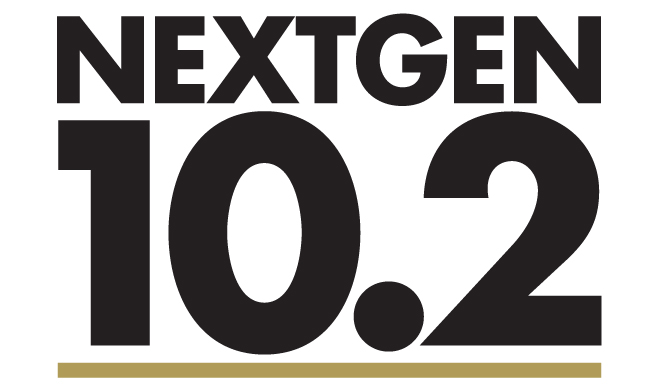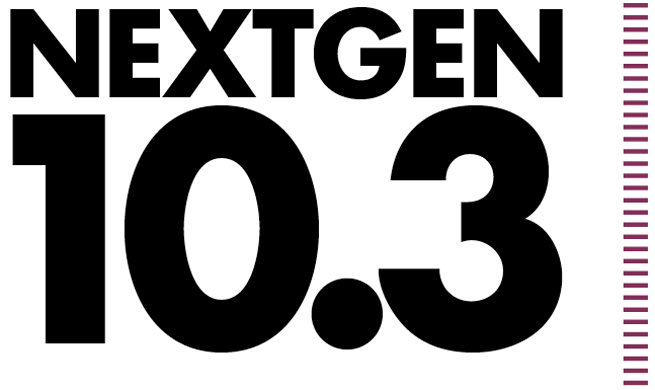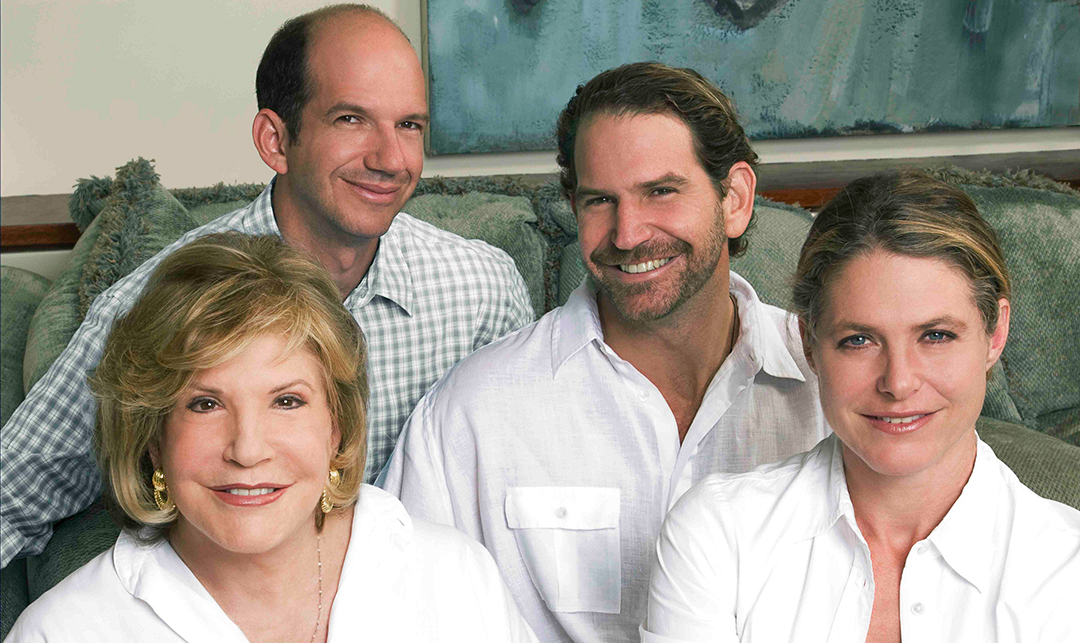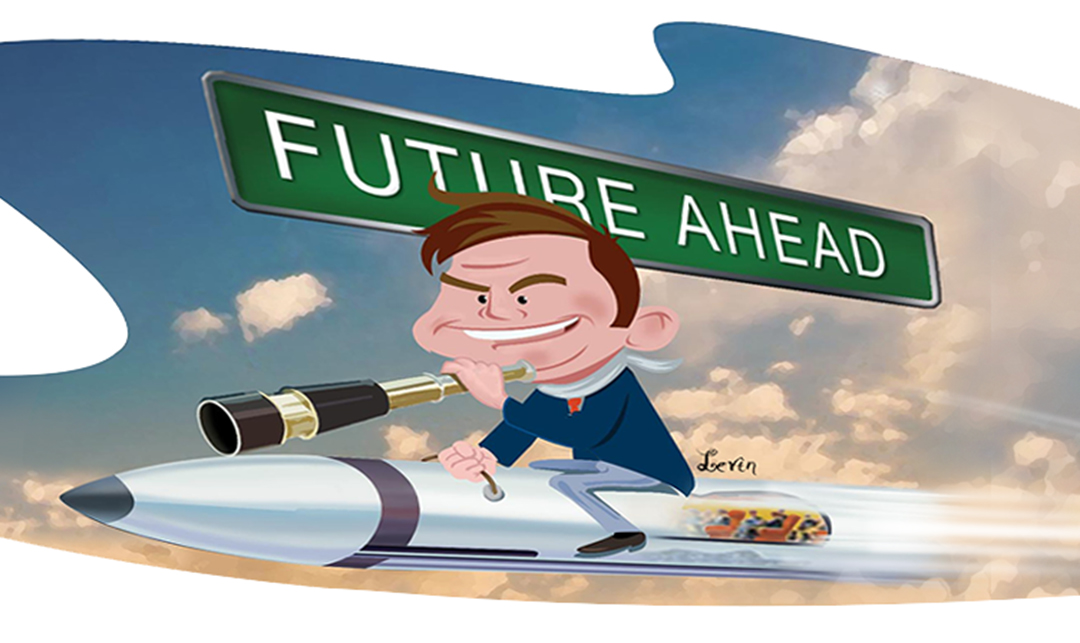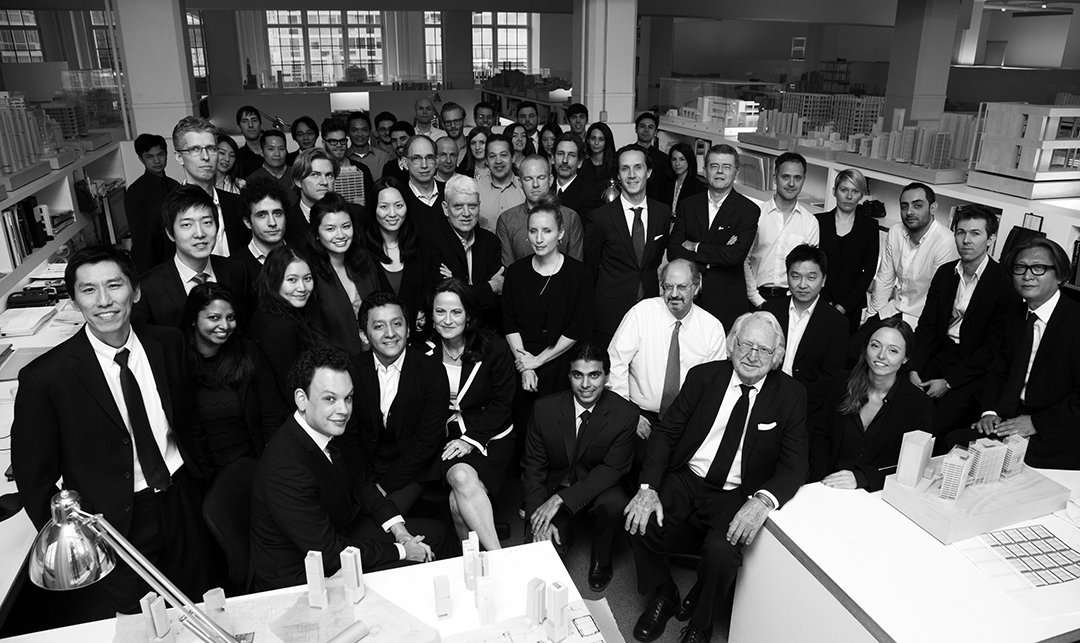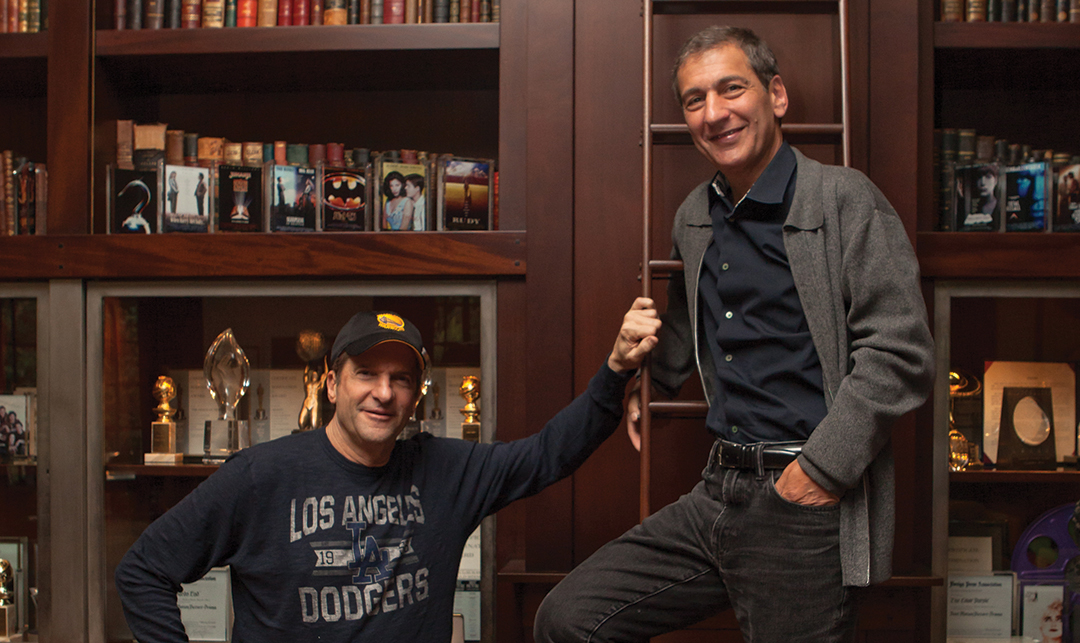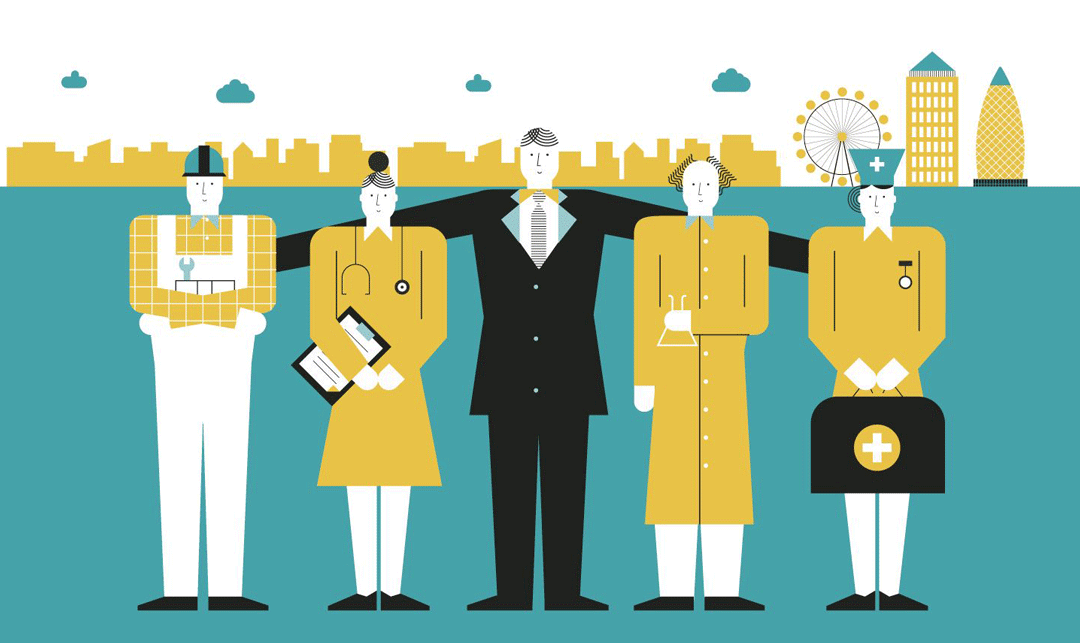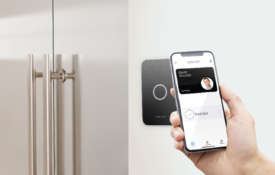My grandfather’s office is a time capsule. It’s pretty much the same as the day he passed away in 2009. Now there’s a conference table instead of a couch, but his desk is the same, as are the photographs of him and Ronald Reagan, his Olympic torch from 1984, and his giant map of California with little pins for all the places he had successfully done business. Even in the 2020s, there is a commonality for everyone who has ever visited my grandfather’s office. Every employee who was hired in that room, as well as every meeting attendee and every cafe intern, has felt that room. You could tell by their mannerisms and body language that they felt my grandfather’s mission as a home builder—to give everyone their own home, their own space, and their own individuality. After all, no matter whether you buy or rent, your living space is still something that feels like yours.
Even now, through the pandemic’s changes and adaptations in the commercial real estate sector, I and others at Watt Companies carry on my grandfather’s dream. And it’s because of that office.
Remote work, of course, provides a hindrance to that spiritual and atmospheric feeling, and to so many other experiences. Here are three pillars that we’re missing from the current remote-work environment:

1. Driving Innovation and Creativity
You may have a great team, you may have funding, or, in the case of my company, you may have been present in your industry for decades. But none of these factors are big catalysts to driving innovation and creativity. The real catalysts are more holistic: it is the environment we are in, the circumstances in which we allow ourselves to decompress, and our own personal mantras for how we manage those “in-between” watercooler conversations.
A big problem with meeting on Zoom/Skype/Google Meet is that these meetings, by definition, impede that type of holistic growth: They are often scheduled, structured, and tactical. Mix this mentality with the new and uncharted subculture of muting/unmuting, video on/off, video backgrounds, and general technical issues, and eventually the last thing you want to tell your boss is “I have an idea.” There are simply so many quantitative factors to account for that we starve our unstructured and creative selves. Contrast this online environment with the traditional touch-and-go physical environment, where ideas are expressed in real time, in natural cadence, and among people who’ve taken the time out of their day to show up to the same building.
My takeaway is this: It’s important for teams not to be hindered by overstructured status quos and communication technologies when sharing ideas and expressing themselves online. Instead, collaborate in ways that are unbothered by our trending need for internet efficiency. What does this holistic communication look like through a computer screen? It could be through a more informal communication channel or through virtual open office hours via your preferred communication client, but the reality is we’re still adjusting. A physical environment is what generations of white-collar workers are used to.

2. Driving Culture
If a company wishes to fulfill the reasonable needs for a more social remote-work environment, they need to answer the pressing question: How do employees find culture when we’re all so distant? While I am appreciative of the remote option available to us during this time of managed physical presence, internally video calling at work has frankly just become mainstream and is a wildcard when blending with company culture. My new remote employees, although they do great work, never see the material office symbols that proliferate my grandfather’s mission. Instead, they see tidbits of company culture through their laptop screens. Aside from simply returning to our traditional offices, how do we mitigate/fix this issue? One solution I’ve found effective is personally making sure I incorporate moments of team celebration. At my company, we have a virtual bell ringing after every team success: We schedule a Friday afternoon Zoom call, say a few nice words, ring an extravagant bell, and just talk afterward. It’s charmingly silly and nicely mingles our remote workers with our physical employees.
Soon after I started this virtual bell tradition, I became sure that the downtime during remote work can be a breeding ground for virtual socialization and culture. Making time for less efficient meetings promotes this type of environment because they’re the best time for casual conversations. It’s an environment unfamiliar to many remote workers because (a) most meetings are associated with productivity where they do not want to seem aloof and (b) most remote down time is spent alone. Still, those times when there’s “nothing to do” are excellent for company culture if leaders can bolster their communicative and social abilities.

3. Peer Review and Mentoring
Peer review and mentoring involves reconnecting with someone to reinforce your message, values, and culture. This method is typically how a new hire receives feedback. It is also, as with my other two pillars, easier done through a physical work environment. Much of this reasoning has to do with spontaneity and swiftness. We as people tend to remember things more impactfully when they’re said in the heat of the moment, right after a mistake or a win. If an employee does something I like, I tell them immediately because it’s a fresh experience for them. The same is true for employee mistakes. Unfortunately, that heat is delayed with remote work, and feedback via an end-of-day email definitely has less value in comparison.
Another drawback in this regard is the lack of high-context learning environments for new employees, who learn through body language and more conversational negotiations. I find video calls, for this purpose, to be somewhat robotic and ungenuine. For example, many college grads have yet to experience a real conference room because of their need to work remotely. They have yet to experience the professional growth that accompanies the feeling of such an important room with an often dense atmosphere.
These three pillars prove remote work, as a standard, is not yet a long-term solution to our pandemic economy. While I can’t speak for all industries, I know that it requires tons of stimulation to breed a proper commercial real estate professional. In this case, a physical presence is a huge bonus. It may be true that the typical remote worker has tech prowess, but intuition, clairvoyance, and a love of the physical realm are all key components of becoming successful within my industry.
What about yours? I urge you to consider what it really takes to become successful in your pre-pandemic industry and spread that philosophy onto both your remote and physical employees. While remote workers continue to prove their resilience in the background, we must drive innovation in the direction that accounts for the weak points of their environment while continuing to always welcome a physical encounter.
Nadine Watt is CEO of Watt Companies. She brings 20 years of real estate expertise and an entrepreneurial drive to her position, where she oversees day-to-day activities and strategic planning for all commercial investment activities including acquisitions, development, and asset management for the company’s 6 million-square-foot portfolio.





